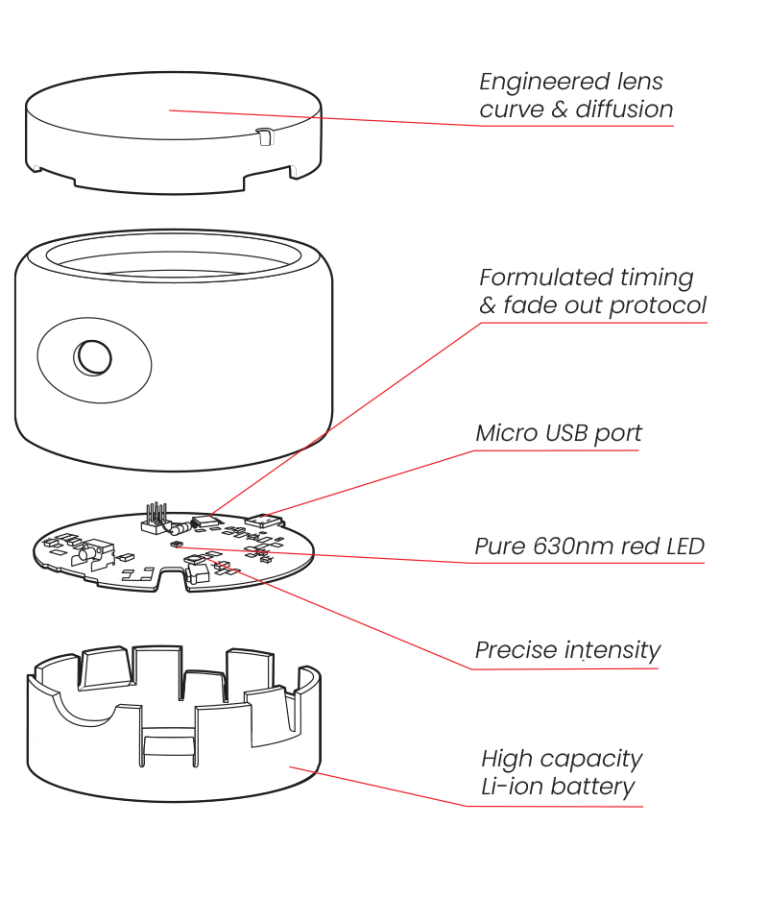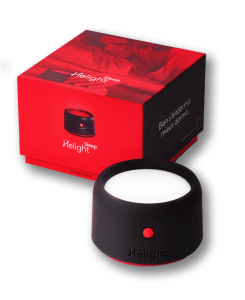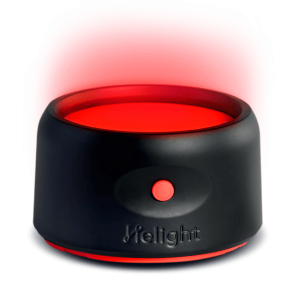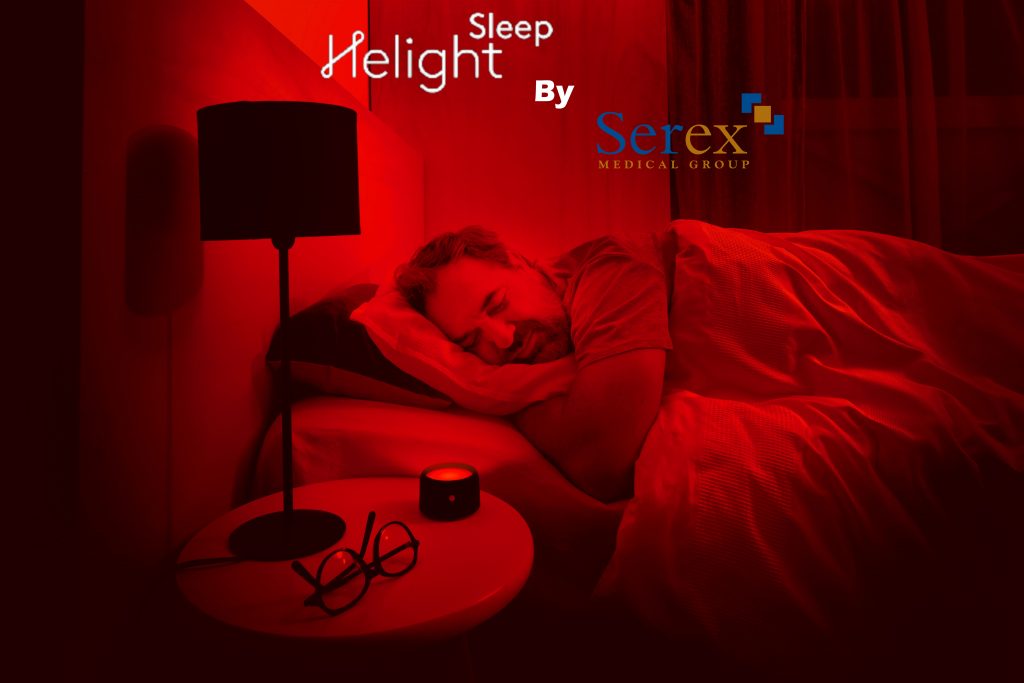
![]() Fall asleep faster
Fall asleep faster ![]() Sleep Better
Sleep Better ![]() Sleep Longer
Sleep Longer
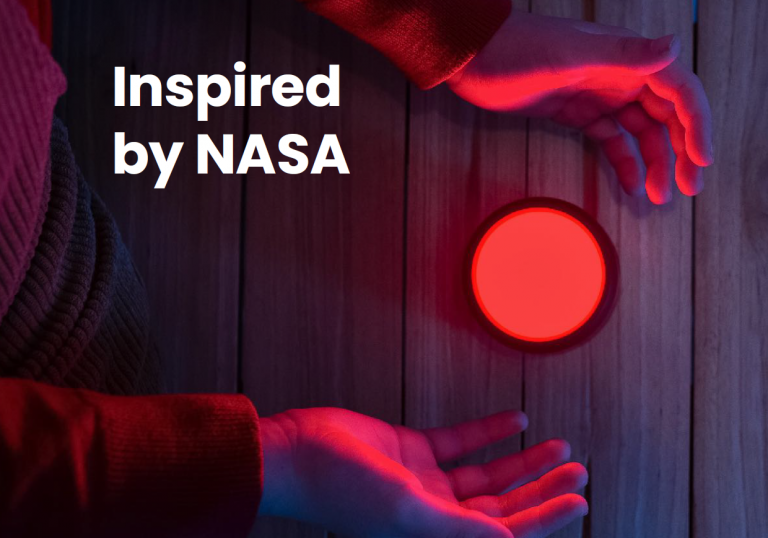
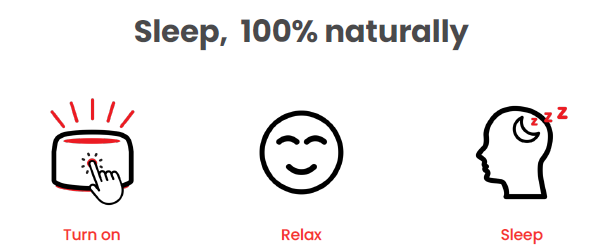
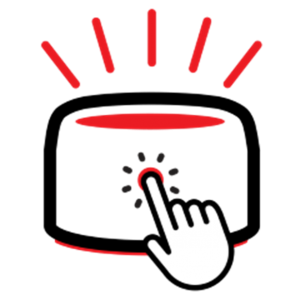
Helight Sleep emits pure red light at
a wavelength of 630 nanometers for
14 minutes, then gradually fades out.

Close your eyes. This wavelength passes through your eyelids and is picked up by photosensitive cells, triggering a biomechanism that helps you relax and promotes natural melatonin production.
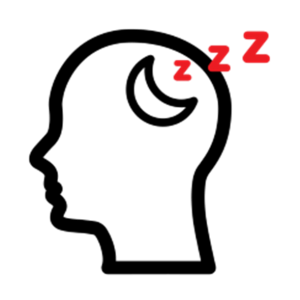
This signals your body to rest and promotes a deeper, more restful sleep. The device will turn off completely after 28 minutes.
Helight Sleep is a patented* technology inspired by NASA’s work and based on the latest findings related to the exposure to light at specific wavelengths.
It aims to help relax, fall asleep faster and promote a deeper, more restful sleep. It reduces the impact of exposure to blue light from screens at night as well as various sleep disorders. Helight Sleep is the first noninvasive sleep aid requiring no user attention or intervention.
NASA’s interest on the effect of exposure to light started in the 60s as a way to regulate circadian rhythm of astronauts devoid of the earth’s 24 hours cycle. This led to empirical findings in regards to our biological response to the exposure to blue or red light and its effect on the circadian rhythm.
More recently, NASA has invested $11.2m to change the International Space Station’s lighting system in an effort to optimize the regulation of this rhythm by
emitting blue-rich light during the “day” and red light
before sleep.
“When an astronaut’s eyes are exposed to blue light, his or her body suppresses melatonin, a sleep-inducing hormone. […] In simple terms, the color red reverses the process. Melatonin increases, making the astronaut sleepy, while melanopsin is suppressed.”
– SPACE.COM Dec. 2012
The most advanced sleep aid
Helight Sleep is the fruit of three years of research and development done in collaboration with engineers, sleep disorder expert Dr. Claude Gronfier, medical physicist Ph.D. Olivier Caselles and a committee of cognitive scientists. This painstaking work culminated in the right combination of 4 crucial parameters, which makes the device so effective :
- Wavelength (630 nm +/-5nm, monochromatic)
- Intensity (enough to be perceived through eyelids but under the threshold of maintained vigilance)
- Timing protocol (14 min. + 14 min. fade-out ramp)
- Diffusion (eliminating single point source)
